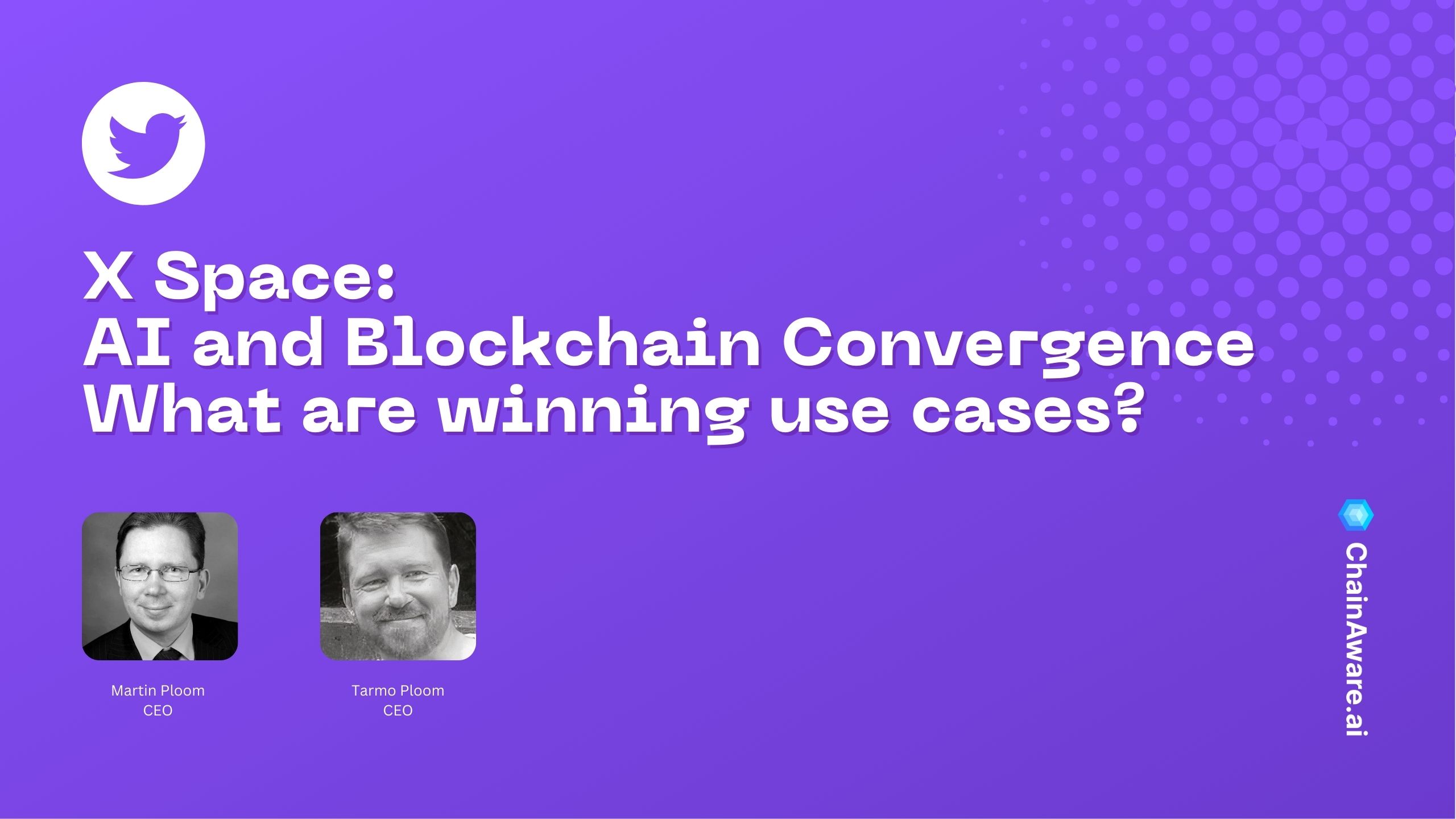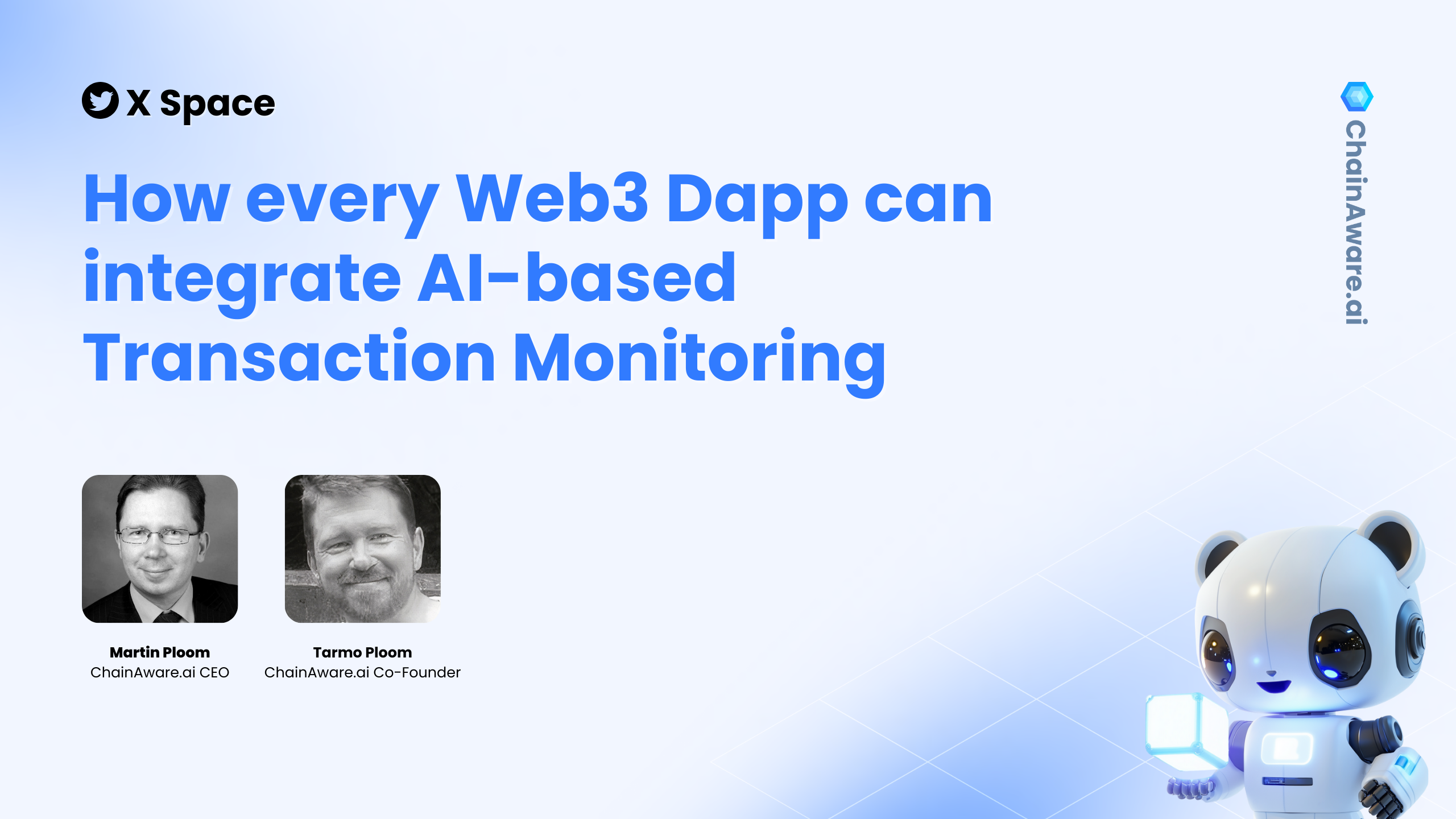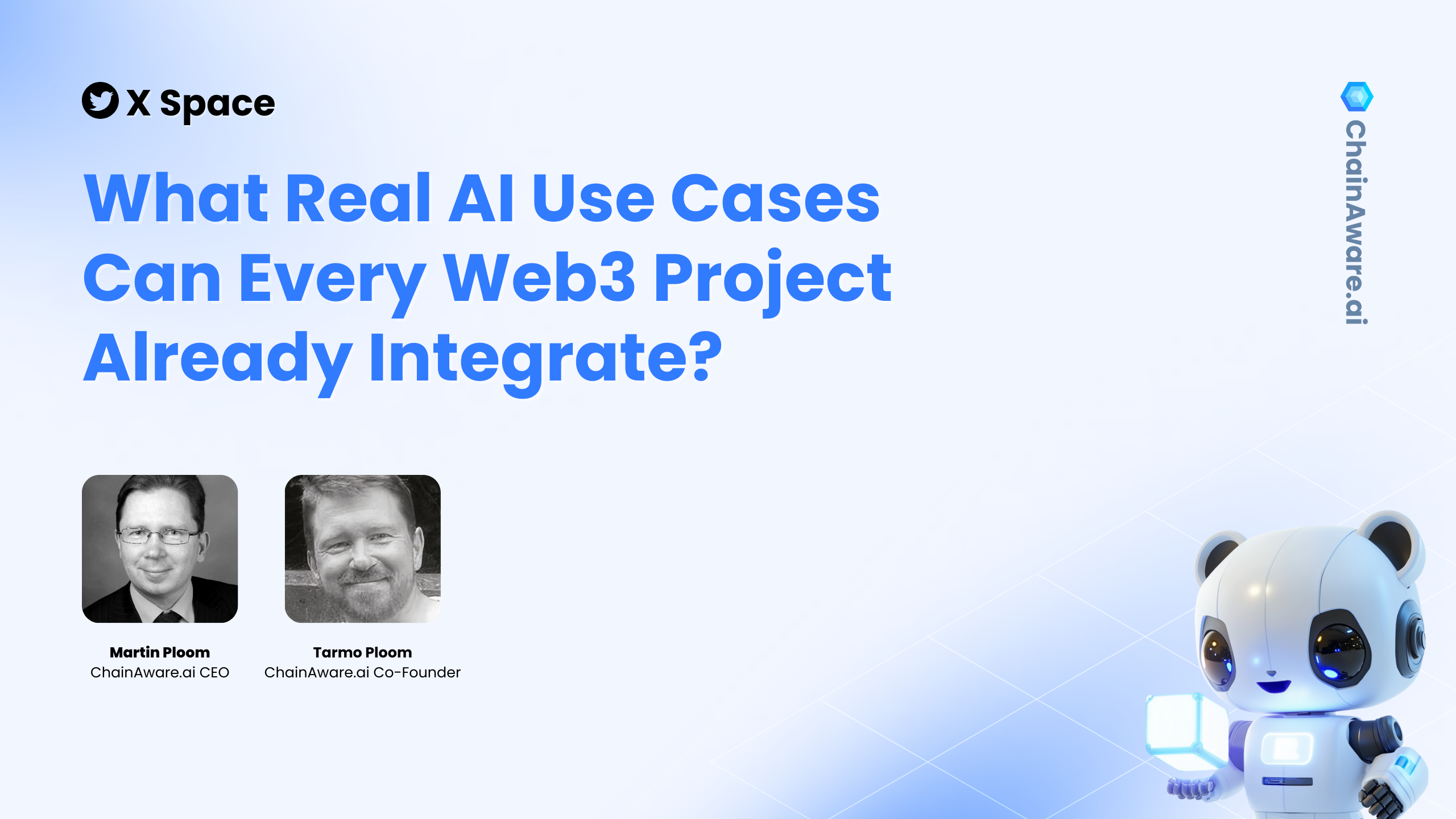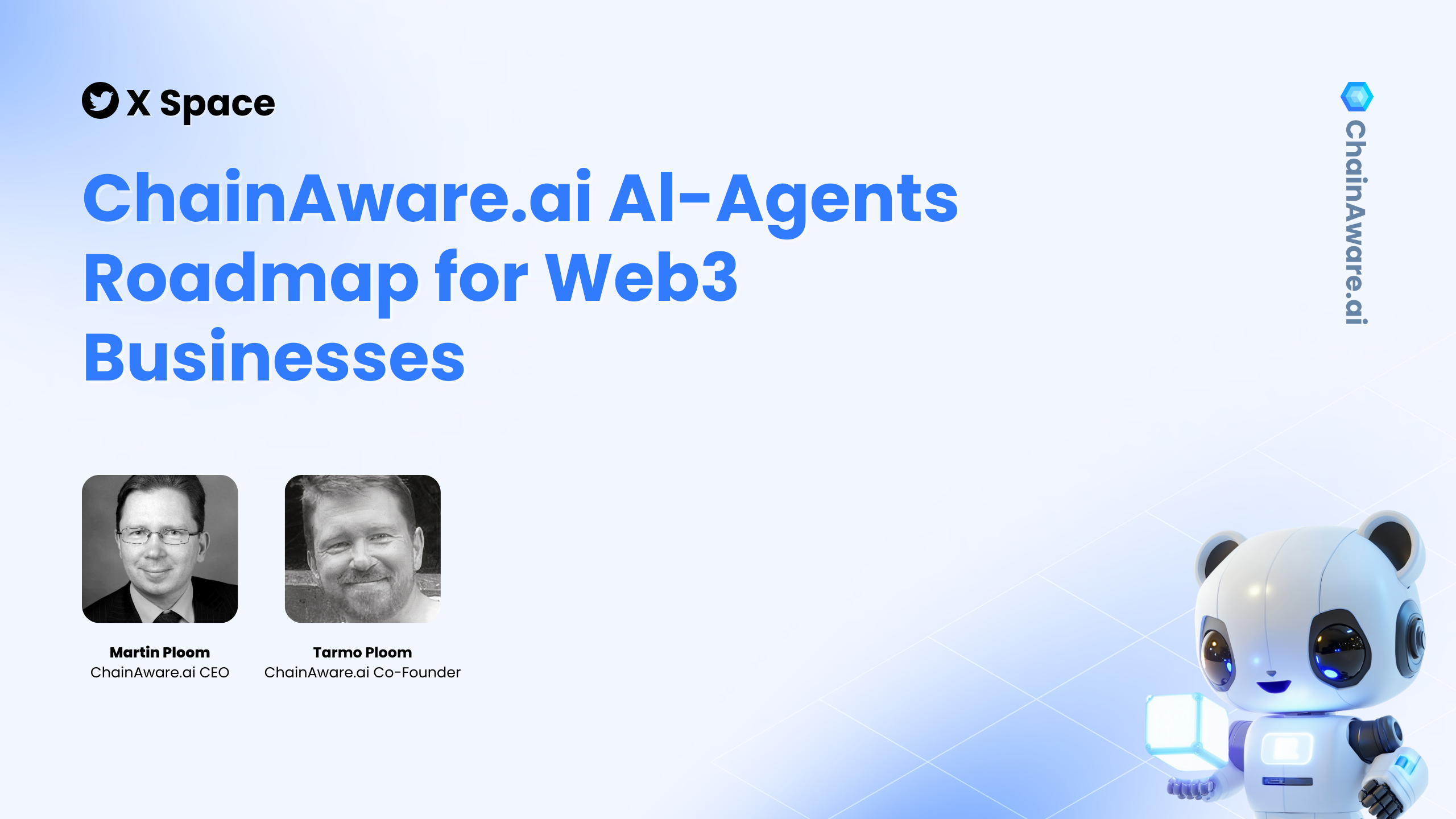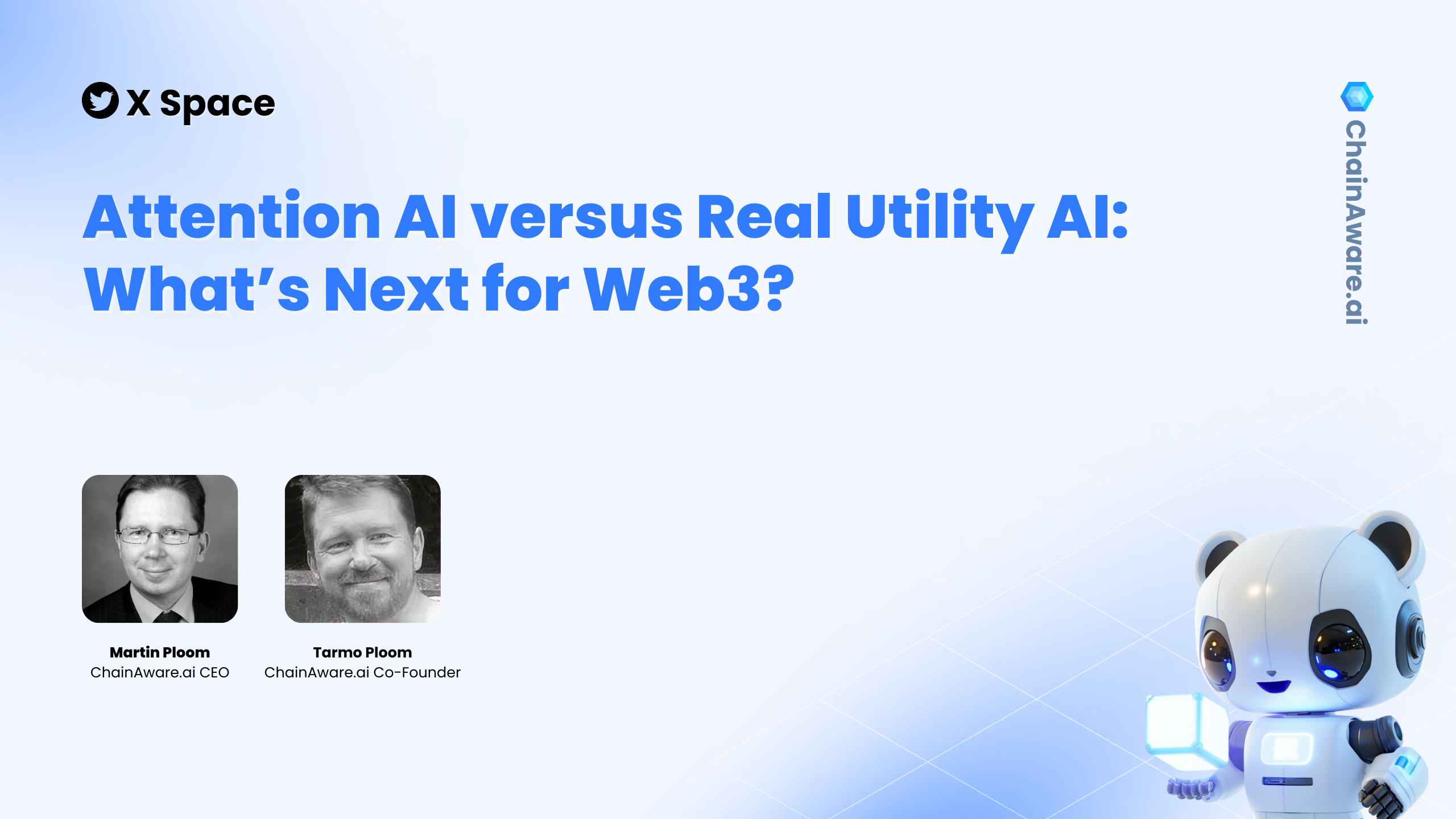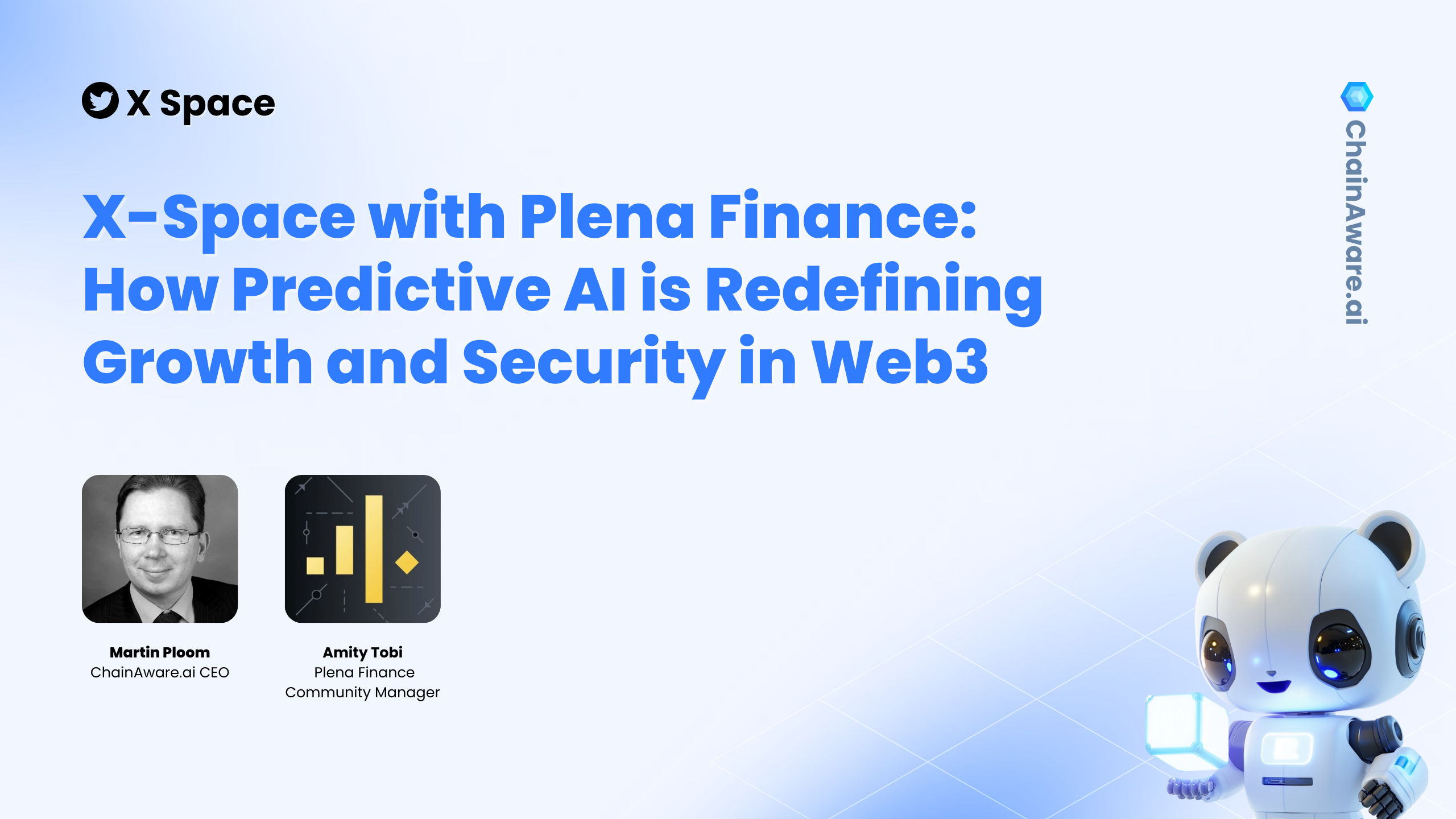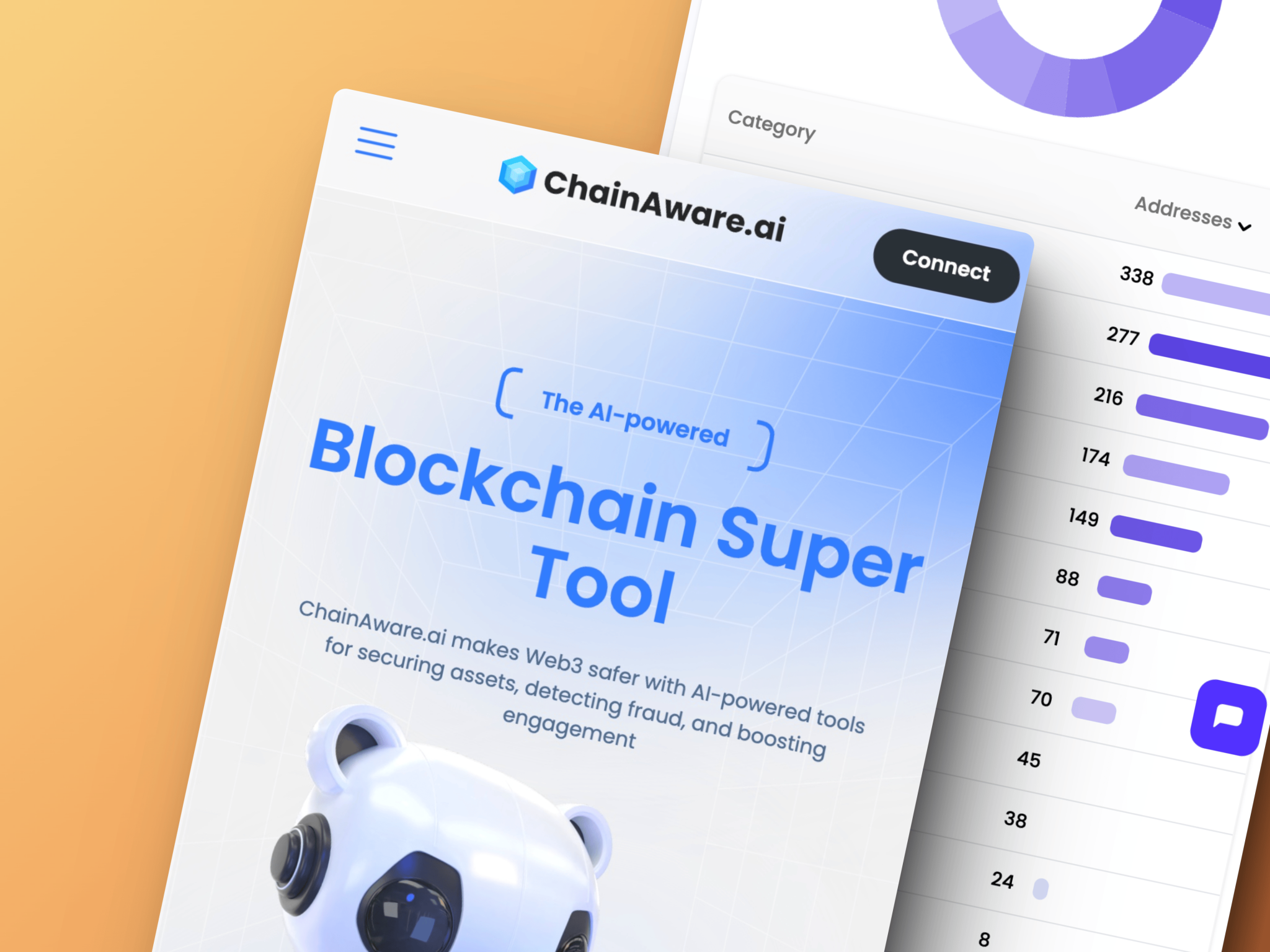Watch the full video: https://www.youtube.com/watch?v=HMZuUq3RnD4
1. Introduction to the Session
The discussion starts with an introduction to the topic of AI and blockchain convergence, focusing on identifying winning use cases. The speakers, Martin and Tarmo, introduce themselves and their projects. Martin and Tarmo are both experienced in blockchain and AI, having worked on projects like ChainAware.ai, which focuses on AI and blockchain convergence, and SmartCredit.io (a borrow-lend platform). Their background includes a history of predictive models and credit scoring for blockchain, which gives them unique insight into the discussion.
2. Overview of AI and Blockchain Convergence
The convergence of AI and blockchain is introduced as a significant opportunity for innovation. AI, particularly predictive AI, is seen as a tool that can optimize blockchain-based systems. The conversation differentiates between generative AI, which is widely used in Web2 for automating customer service interactions and other back-office tasks, and predictive AI, which is more suitable for blockchain because of its ability to forecast outcomes based on high-quality blockchain data.
3. Generative AI in Web2 vs Web3
Generative AI plays a critical role in Web2 by automating tasks and enhancing productivity through tools like chatbots. However, in Web3, which is already highly automated, generative AI’s role is less impactful. Web3 does not have the same need for automation in areas like customer support, as most processes are already fully digitalized. The key point emphasized is that generative AI is valuable in reducing the labor-intensive workflows of Web2 but has limited applicability in blockchain-based Web3 environments.
4. Predictive AI: The Winning Factor in Blockchain
Predictive AI is presented as the critical differentiator for blockchain success. Blockchain offers high-quality, immutable data, which can be used to predict user behaviors, fraud, and potential market trends with a high degree of accuracy. Unlike social media data, which can be manipulated or represent aspirational identities, blockchain data reflects real transactions, providing valuable insights for prediction algorithms. The speakers highlight the importance of using predictive AI to unlock the true potential of blockchain.
5. Key Use Cases of Predictive AI in Blockchain
- Predictive Rug Pull Detection: One of the most impactful use cases is predicting rug pulls before they happen. Rug pulls, where a project creator removes liquidity from a pool, causing investors to lose everything, are a significant issue in decentralized finance (DeFi). Predictive AI analyzes transaction patterns and can forecast which pools are likely to rug pull, helping investors avoid losses.
- Fraud Detection and Predictive Compliance: Predictive AI can also be used to detect fraudulent behaviors before they occur. By analyzing blockchain transaction histories, AI can calculate trust scores for wallets and identify potentially fraudulent behavior in advance, giving users the ability to avoid interacting with bad actors. This is particularly important in blockchain, where transactions are irreversible, and preventive measures are crucial.
6. AI-Driven AdTech for Blockchain
The speakers discuss how predictive AI can revolutionize marketing in Web3. Web2 has already moved from mass marketing to intention-based marketing, where ads are tailored to individual users based on their behavior. In contrast, Web3 marketing is still stuck in a 1930s-style mass marketing approach, where the same message is sent to all users. Predictive AI in AdTech could bring highly personalized marketing strategies to Web3, reducing customer acquisition costs and improving conversion rates by tailoring messages to the specific intentions of users.
7. Challenges in Blockchain Without Predictive AI
Without predictive AI, Web3 faces several challenges:
- High Customer Acquisition Costs: Current Web3 marketing strategies are inefficient, relying on mass media and influencers, leading to extremely high customer acquisition costs.
- Unsustainable Business Models: Many Web3 companies burn through their funds quickly on ineffective marketing and do not become cash flow positive. Predictive AI can help these companies reduce costs, improve user conversion, and create sustainable growth.
8. Additional Use Cases: AI in Trading
AI can also be used in blockchain trading, with two primary use cases:
- Low-latency trading: Traders can use AI to execute trades with minimal delay, gaining a competitive advantage through faster response times.
- AI for Portfolio Management: AI can assist in portfolio management by rebalancing assets and making predictions about market trends. AI-driven portfolio management offers traders the ability to optimize asset allocations and maximize returns over time, even in volatile markets.
9. Conclusion: Predictive AI as the Future of Blockchain
The speakers conclude that predictive AI is essential for the future of blockchain. It can clean up the sector by eliminating scams and bad actors, protect users and investors, and help Web3 companies become sustainable by lowering their costs and increasing their user base. Predictive AI is the key to driving innovation, growth, and trust in blockchain, making it a crucial component for blockchain’s long-term success.
In summary, while generative AI may be better suited for Web2, predictive AI is the true enabler of blockchain’s future. By focusing on predictive AI’s ability to enhance fraud detection, improve marketing, and optimize trading, blockchain can achieve greater scalability, security, and profitability.
